detail profile humberto mauro
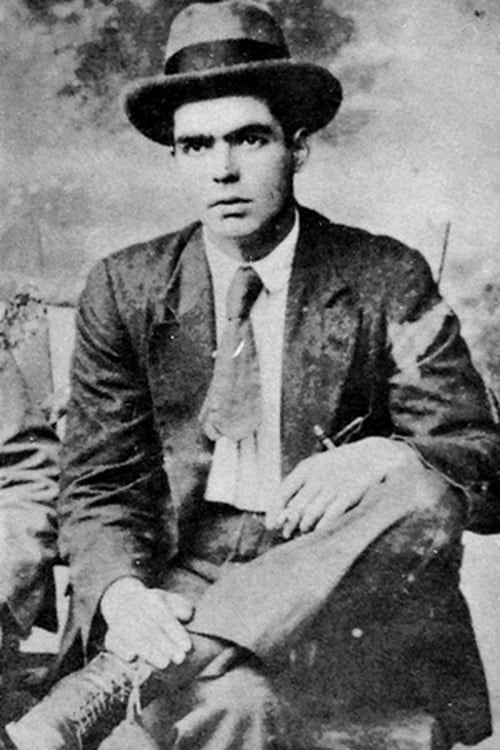
Riwayat Hidup
Humberto Duarte Mauro (30 April 1897 – 5 October 1983) was a Brazilian film director.
He is often considered the greatest director of early Brazilian cinema.
Mauro's second feature film Thesouro Perdido (Lost Treasure) won the Brazilian "Film of the Year" award in 1927.
Later that year, Phebo Sul America Film was reorganized into Phebo Brasil Film.
The first film released under the new Phebo was Braza Dormida (Sleeping Ember).
Braza Dormida was a boxoffice success and furthered Mauro's career as one of Brazil's leading directors.
In July 1929, Mauro's final film for Phebo Brasil Film, Sangue Mineiro (Blood of Minas Gerais), was shown in Cataguases.
In 1930, the film was given a nationwide release.
The film was critically and popularly acclaimed.
This was the first film in which Mauro worked with Carmen Santos who would star in many of Mauro's later films.
Phebo Brasil Film did not have the resources to continue to produce films.
Adhemar Gonzaga offered Mauro a directing job for Cinédia, which was centered in Rio de Janeiro.
Gonzaga had started to shoot Lábios sem Beijos (Lips Without Kisses) which starred Carmen Santos.
However, Carmen became pregnant was unable to finish production.
Gonzaga handed the project over to Mauro, who both directed and photograpghed the film, in March 1930.
Mauro decided to make the film silent even though sound was available.
He wanted to explore the possibilities of silent film.
Upon release in 1930, the film won the Jornal do Brasil film of the year award.
Mauro acted as cinematographer for Cinédia's second film Muhler (Woman).
Mauro began shooting Ganga Bruta in September 1931.
The film was not completed until 1933 due to cast replacements.
The film was silent with synchronized sound recorded on Vitaphone discs added later.
The film received little acclaim until two decades after its release.
Mauro co-directed his first talking film with Adhemar Gonzaga.
A Voz do Carnaval (The Voice of Carnival) was a musical.
Afterwards, Mauro left Cinédia for Brasil Vita Filme in 1934.
He directed two feature films and several documentaries for Brasil Vita Filme.
In 1936, Mauro joined the Instituto de Nacional do Cinema Educativo (INCE), which was then the government office for educational and propaganda films.
Mauro shot hundreds of documentaries when he was working in INCE, and he also shot his last three movies: Descobrimento do Brasil (The Discovery of Brazil), Argila (Clay), and O Canto da Saudade (The Song of Yearning).
His final film was Carro de Bois (Ox Cart), a documentary, in 1974.
Description above from the Wikipedia article Humberto Mauro, full list of contributors on Wikipedia.
Info Pribadi
Peran Yang Di Mainkan Humberto Mauro
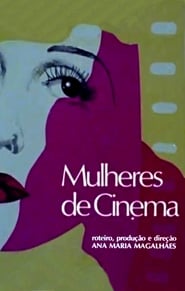 Documentary on famous Brazilian actresses female...
Documentary on famous Brazilian actresses female...Mulheres de Cinema 1978
Documentary on famous Brazilian actresses, female directors and the role of women in Brazilian film history.
 When Daniela a famous actress decides...
When Daniela a famous actress decides...A Noiva da Cidade 1978
When Daniela, a famous actress, decides to return to her hometown to reconnect with a simpler lifestyle, local politicians decide to exploit her influence in order to get ambiguous deeds done.
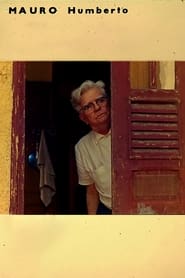 Documentary about Humberto Mauro his work...
Documentary about Humberto Mauro his work...Mauro, Humberto 1975
Documentary about Humberto Mauro, his work and its importance.
 Ox carts are still part of...
Ox carts are still part of...Carro de Bois 1974
Ox carts are still part of the landscapes of the Brazilian badlands, in a mixture of usefulness and poetry. Filmed in Volta Grande, in the Zona da Mata mesoregion of Minas Gerais, it was Mauro's only film in color and also his last.
 Brazil 1594 The Tupinambs natives are friends...
Brazil 1594 The Tupinambs natives are friends...How Tasty Was My Little Frenchman 1971
Brazil, 1594. The Tupinambás natives are friends of the French and their enemies are the Tupiniquins, friends of the Portuguese. A Frenchman is captured by the Tupinambás, and in spite of his trial to convince them that he is French, they believe he is Portuguese. The Frenchman becomes their slave, and maritally lives with Seboipepe.
 A brief history of paper and...
A brief history of paper and...O Papel 1962
A brief history of paper and the stages of its production. An animation about the history of writing, the emergence of paper in ancient civilizations and the invention of printing, taking paper manufacturing to an industrial scale. Paper production in Brazil, with emphasis on the use of pine, eucalyptus and bamboo. At Companhia Mineira de Papéis, in Cataguases, the stages of paper making. Paper consumption and its production in tons in Brazil since 1939. Brazilian self-sufficiency and the use of paper in various activities.
 Coronel Janurios goddaughter Maria Fausta is...
Coronel Janurios goddaughter Maria Fausta is...O Canto da Saudade 1952
Coronel Januário's goddaughter, Maria Fausta, is having a secret affair with João do Carmo. While her godfather is engaged in his political campaign for mayor of the city, the couple disappears. Galdino, an accordionist who is secretly in love with her, goes looking for them.
 In Rio de Janeiro Gilberto Celso...
In Rio de Janeiro Gilberto Celso...Clay 1940
In Rio de Janeiro, Gilberto (Celso Guimarães) is a talented artisan engaged of Marina (Lídia Mattos), working in a pottery factory. He is hired by the millionaire widow Luciana (Carmem Santos) to perform a restoration in her castle in Correas, a district of Petrópolis. He suffers an accident and Luciana lodges and treats him for a long period, and they fall in love for each other.
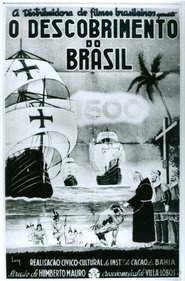 O Descobrimento do Brasil The Discovery...
O Descobrimento do Brasil The Discovery...The Discovery of Brazil 1937
O Descobrimento do Brasil (The Discovery of Brazil) is an impressive historical epic recreating Álvares Cabral’s voyage to the New World in 1500, with a score especially written by the renowned composer, Heitor Villa-Lobos. One of the earliest examples of Brazilian cinema, this film depicts the perilous journey of Pedro Álvares Cabral’s armada from Portugal to Brazil. Though somewhat rudimentary compared to other films of the period, The Discovery of Brazil distinguishes itself with its scenes of indigenous people and Portuguese explorers on the beach, and in the imaginative lighting on board the ship. But the real star is the beautiful cantata by Villa-Lobos that permeates the film.
 Lelita a rich young lady is...
Lelita a rich young lady is...Virgin Lips 1930
Lelita, a rich young lady, is courted by Paulo, her cousin, but she has reason to believe he is also having na affair with Lelita's sister, which causes jealousy trouble, until all becomes clear and true love prevails.
 Life and death of the jesuit...
Life and death of the jesuit...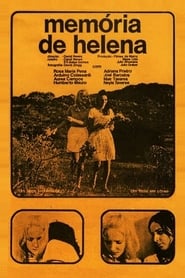 Couple whose marriage is at stake...
Couple whose marriage is at stake...

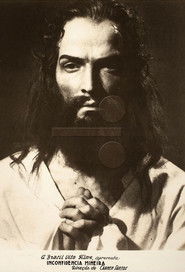

 An adaptation of Machado de Assis...
An adaptation of Machado de Assis...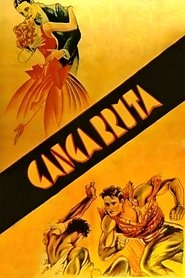 A man kills his wife on...
A man kills his wife on...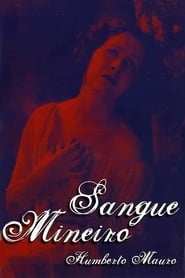 In the beginning of the Twentieth...
In the beginning of the Twentieth...